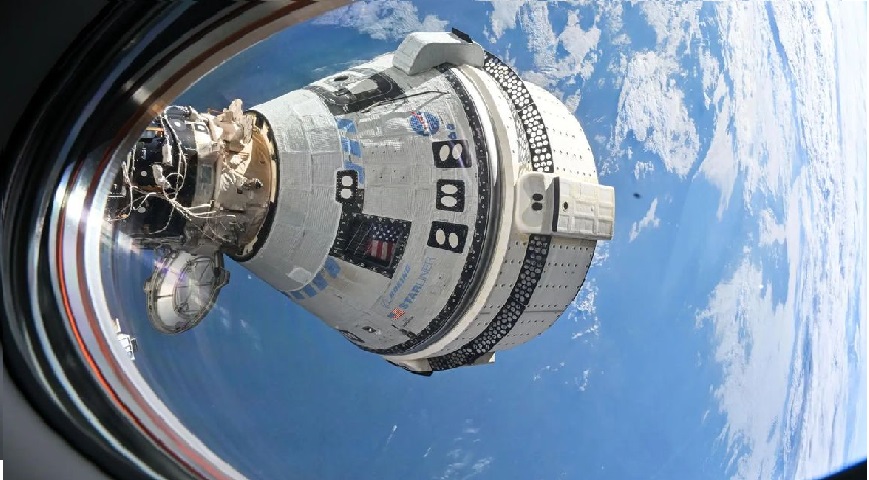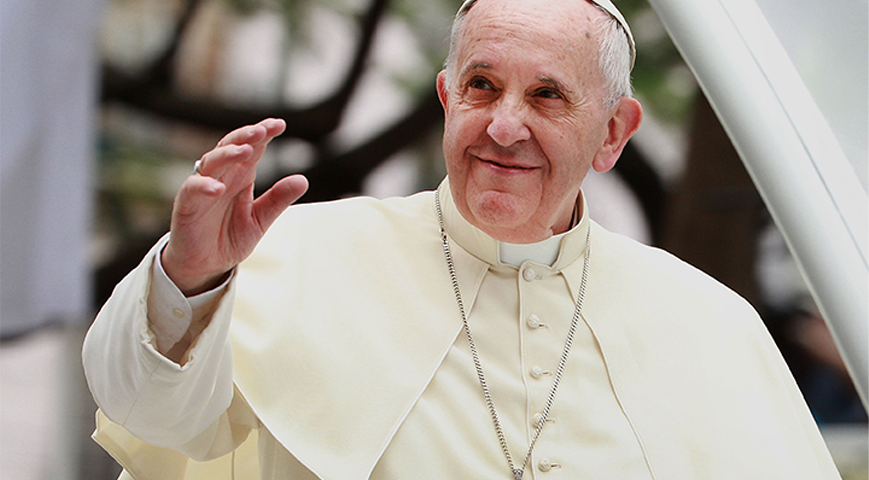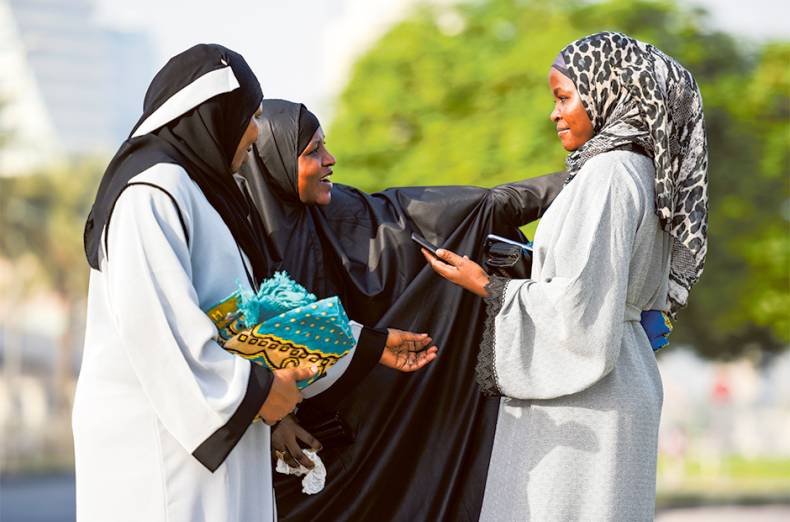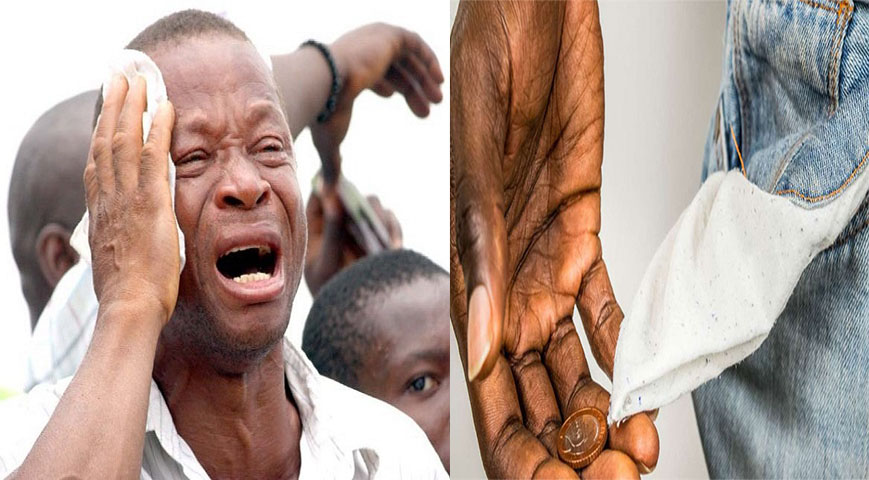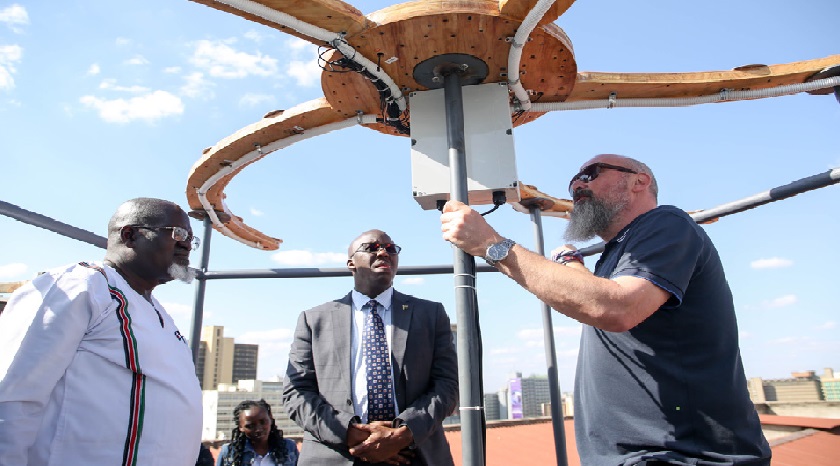Boeing's Starliner spacecraft has successfully returned to Earth, but the astronauts it was meant to bring back remain aboard the International Space Station (ISS).
The uncrewed capsule traveled autonomously after undocking from the ISS. Technical issues during its launch with NASA astronauts Butch Wilmore and Suni Williams on board made it too risky for their return trip. Instead, the astronauts will return home in a SpaceX Crew Dragon in February, extending their planned eight-day stay on the ISS to eight months.
The empty craft undocked from the orbiting lab and proceeded on its own in autonomous mode.
It was decided that it was too dangerous to return the astronauts home when the capsule, carrying Butch Wilmore and Suni Williams from NASA, experienced technical issues after launch.
Did you read this?
Rather than staying on the ISS for eight days, they will return on a SpaceX Crew Dragon, but not until February.
A NASA representative expressed his satisfaction with the successful landing but wished everything could have gone according to plan after Starliner returned.
The journey back took six hours by air. It was lowered at White Sands Space Harbor in New Mexico on Saturday at 23:01 local time (05:01 GMT) using parachutes after it re-entered the atmosphere.
Nasa said earlier that Butch and Suni were in good spirits and in regular contact with their families.
Steve Stich, Nasa’s commercial crew programme manager, said both astronauts were passionate about their jobs.
“They understand the importance now of moving on and… getting the vehicle back safely.”
This was the first test flight for Boeing’s Starliner spacecraft with astronauts on board.
But it was plagued with problems soon after it blasted off from Cape Canaveral in Florida on 5 June.
The capsule experienced leaks of helium, which pushes fuel into the propulsion system, and several of its thrusters did not work properly.
Engineers at Boeing and Nasa spent months trying to understand these technical issues, but in late August the US space agency decided that Starliner was not safe enough to bring the astronauts home.
In a news briefing following the landing, Steve Stich said: “From a human perspective, all of us feel happy about the successful landing, but then there’s a piece of us – all of us – that wish it would have been the way we had planned it.
“We had planned to have the mission land with Butch and Suni on board.”
He added there was “clearly work to do”, and that it would take “a little time” to determine what will come next.
The briefing panel consisted only of Nasa officials. Missing, were two Boeing representatives who were supposed to be present.
When quizzed on the absence, Nasa official Joel Montalbano said Boeing decided to “defer to Nasa” to represent the mission.
Instead, Boeing released a statement “to recognize the work the Starliner teams did to ensure a successful and safe undocking, deorbit, re-entry and landing”.
It said Boeing will “review the data and determine the next steps” forward for the programme.
Mr Stich previously admitted there was “tension in the room” between Boeing and Nasa while the decision not to bring the astronauts home on Starliner was being made, with Boeing arguing that their spacecraft could safely return with the pair on board.
“The Nasa team, due to the uncertainty and the modelling, could not get comfortable with that,” he said.
The plan to use rival company SpaceX has brought with it a significant delay to the astronauts’ return.
The extra time is to allow SpaceX to launch its next vehicle, with lift off scheduled for the end of September.
It was supposed to have four astronauts on board, but instead it will travel with two. This leaves room for Butch and Suni to join them in the vehicle to return to Earth at the end of its planned stay next February.
Dana Weigel, manager of the International Space Station, said that the astronauts were adapting well to their extended mission. Both have previously completed two long-duration stays in space.
She said the pair were undertaking the exercise programmes needed to stay healthy in the weightless environment.
And she added that they now had all of the gear they needed for their unplanned eight-month stay.
“When we first sent them up, they were borrowing a lot of our generic clothing that we have on board, and we have now switched some of those things out,” she said.
She explained that a resupply mission in July had delivered “specific crew preference items” that the pair had requested.
“So they actually have all of the standard expedition gear at this point that any other crew member would be able to select. And we’ve got another cargo vehicle coming up, so we’ll send up anything else that they need for the back-end half of their mission on that flight.”
The issues with Starliner have no doubt been a blow to Boeing, which is suffering from financial losses as it struggles to repair its reputation following recent in-flight incidents and two fatal accidents five years ago.
After so many problems, a trouble-free landing will be a welcome outcome for the company – and for Nasa.
REF: BBC

